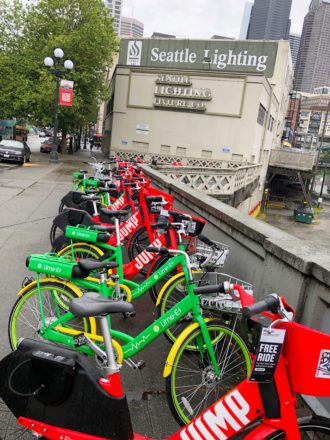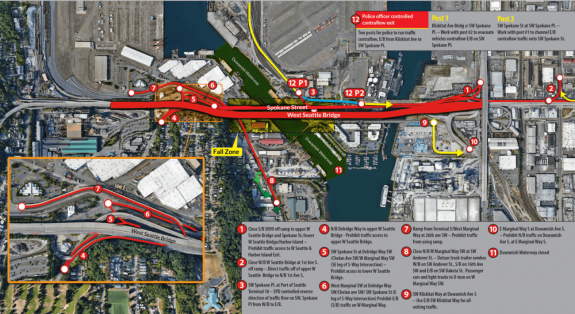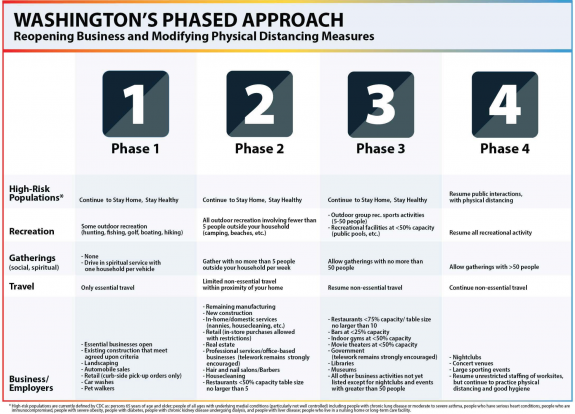
Seattle’s final operational bike share service just changed hands in yet another major shakeup in the private bike share saga.
Uber led a $170 million investment in a majorly devalued Lime, and Lime will take on Uber’s JUMP bike and scooter service as part of the deal. Though no valuation was made public, The Information reports that Lime’s value had dropped to $510 million, 79% lower than its valuation during its previous round of investments.
It’s not yet clear what this means for JUMP bike share service in Seattle, given that scooter-focused Lime pulled its own competing e-bikes from Seattle streets in December. Will Lime see this an opportunity to get back into bikes with better bikes? Lime’s e-bikes were often broken and had some dangerous battery fire problems. The company’s bike operations in Seattle never seemed to recover from a summer 2019 warehouse fire caused by an exploding battery.
Or will Lime kill JUMP and continue focusing on scooters? If they do, that could essentially be the end of fully private bike share. Lyft owns Motivate, the operator of major systems like Biketown in Portland, Citibike in New York and Divvy in Chicago. But though Lyft has long been in the permitting process for launching in Seattle, they have not done so.
For now, JUMP bikes can still be unlocked using the Uber app, though Lime announced on Twitter that users will soon be able to unlock JUMP bikes through the Lime app: (more…)











